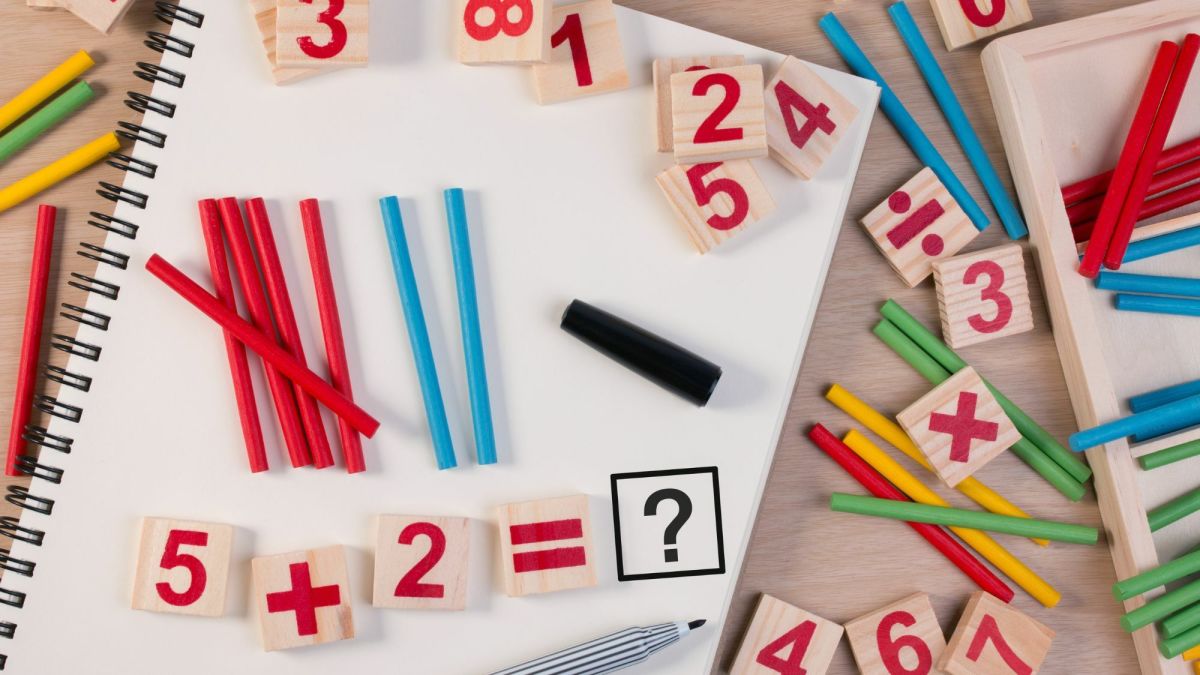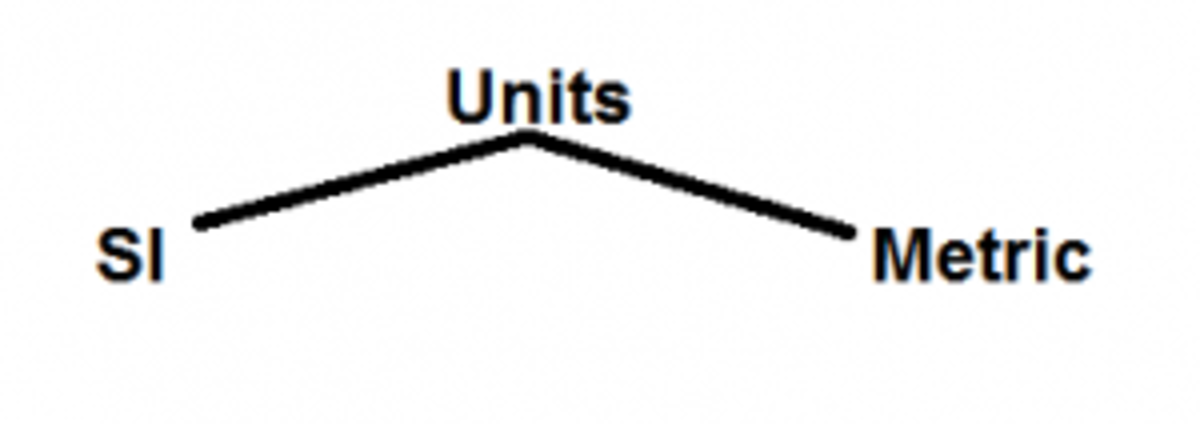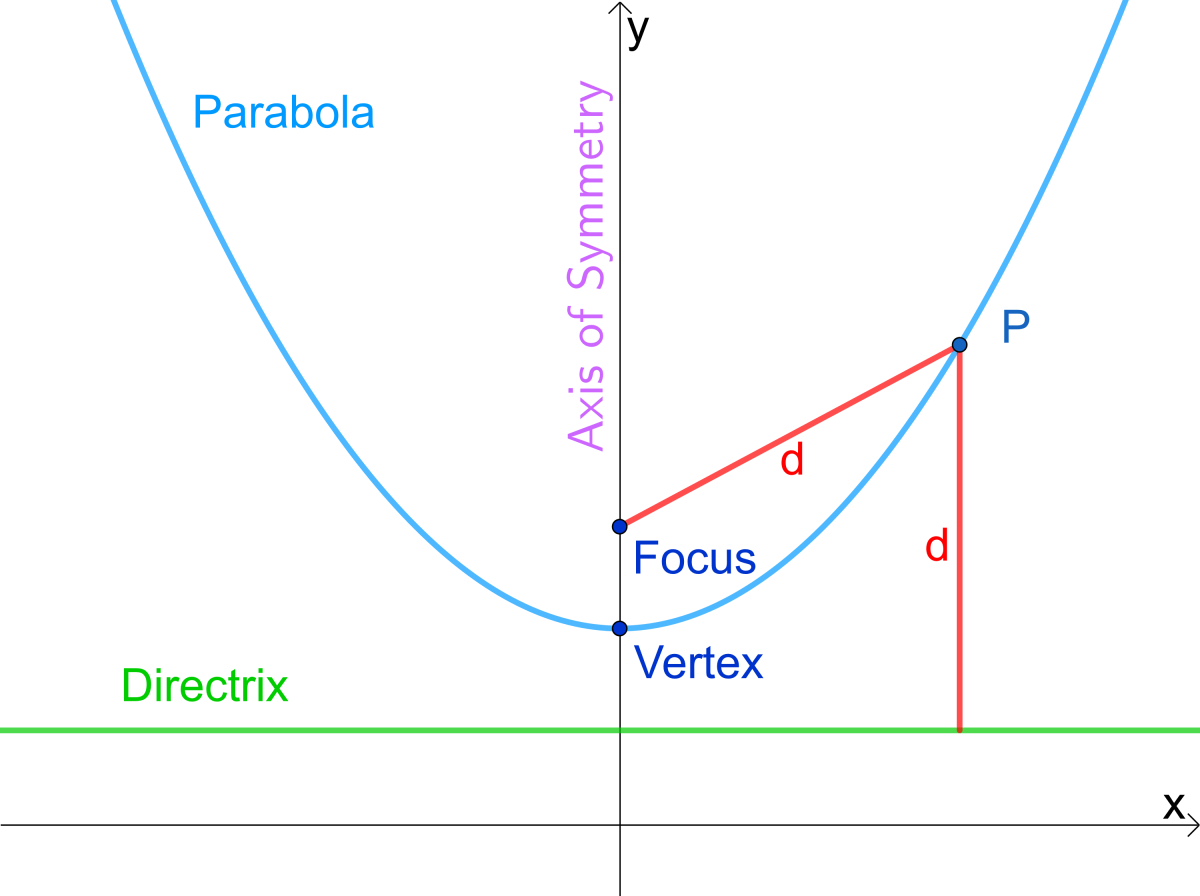Written Problems Involving Equivalent Ratio
Problem Solving
Q(i):- The ratio of profit to cost price on sales at DeeDee's is 3 : 5
Find the cost price of a skirt if the sales profit is £30?
First lets look at the question:-
First we have the ratio of profit to cost so we'll write this in ratio format P : C
Next the question tells us that it is in the ratio of 3 : 5
We have been asked to find the cost price and we've been told the profit is £30
A(i):-Therefore we can write the information we've been given as follows;
P : C
3 : 5
30 : ?
The 3 has turned into 30 so we will have to divide;
30 ÷ 3 = 10 (Now we must multiply the 5 X 10)
10 X 5 = 50
Therefore the cost price for the skirt is £50
(ii):- A type of concrete requires a mixture of sand, cement and grit in the ratio 4 : 1 : 2 , if 14 buckets of sand are used what are the quantities of cement and grit required?
We have the ratio of sand, cement and grit, so let's write this in ratio format
S : C : G
Next the question tells us these items are in the ratio of 4 : 1 : 2
We are told that 14 buckets of sand are used
We've been asked to find the quantities of cement and grit required
A(ii):-Therefore we can write the information we've been given as follows;
S : C : G
4 : 1 : 2
14 : ? : ?
We've went from 4 to 14 so we'll divide 14 ÷ 4 = 3.5(now we must multiply the 1 and the 2 by 3.5)
1 X 3.5 = 3.5 (cement)
2 X 3.5 = 7 (grit)
So to answer the question how much cement and grit is needed we see there is;
Cement 3.5 buckets and
Grit 7 buckets required.
NOW TO DIVIDE THE QUANTITIES IN A GIVEN RATIO:-
Q(i):- Divide £400 between John and Simon in the ratio 1 : 4
A(i):- J : S
1 : 4 = 5 parts
JOHN: 1/5 x 400 = £80 that is (400 ÷ 5 = 80)
SIMON: 4/5 x 400 = £320 that is ( 400 ÷ 5 = 80 then multiply the 80 x 4 = 320)
JOHN gets £80 and SIMON gets £320.
Q(ii):- The three angles in a triangle are in ratio 1 : 2 : 3, Find the size of each of the angles?
A(ii):- All the angles in a triangle add up to 180 degrees.
1 : 2 : 3 = 6 parts
Angles: the first angle we will look at is the 1 part out of the 6 parts, so as a fraction it would be 1/6 (one sixth)- therefore it will be 1/6 of the 180 degrees.
180 ÷ 6 = 30 degrees
The next angle is represented by the 2 parts out of the 6 parts, so as a fraction it would be 2/6(two sixths)which is equivalent to a 1/3(one third) - therefore this angle will be1/3 of the 180 degrees.
180 ÷ 3 = 60 degrees
The last angle is represented by the 3 parts out of the 6 parts, so as a fraction it would be 3/6 (three sixths) which is equivalent to a 1/2 ( a half ) - therefore this angle will be 1/2 of the 180 degrees.
180 ÷ 2 = 90 degrees
As an extra measure to check the sum of the degrees add them up;
30 + 60 + 90 = 180
Therefore the calculations are correct.
The size of the angles are 30 , 60 , and 90 degrees.
Q(iii):- A piece of rope is 60cm long and is cut into three pieces in the ratio 4 : 1 : 5
Find the length of the shortest piece?
A(iii):- 4 : 1 : 5 = 10 parts
The shortest piece is represented by the 1 part;
Therefore 1/10 x 60 = 6cms
The shortest piece is 6cms in length



